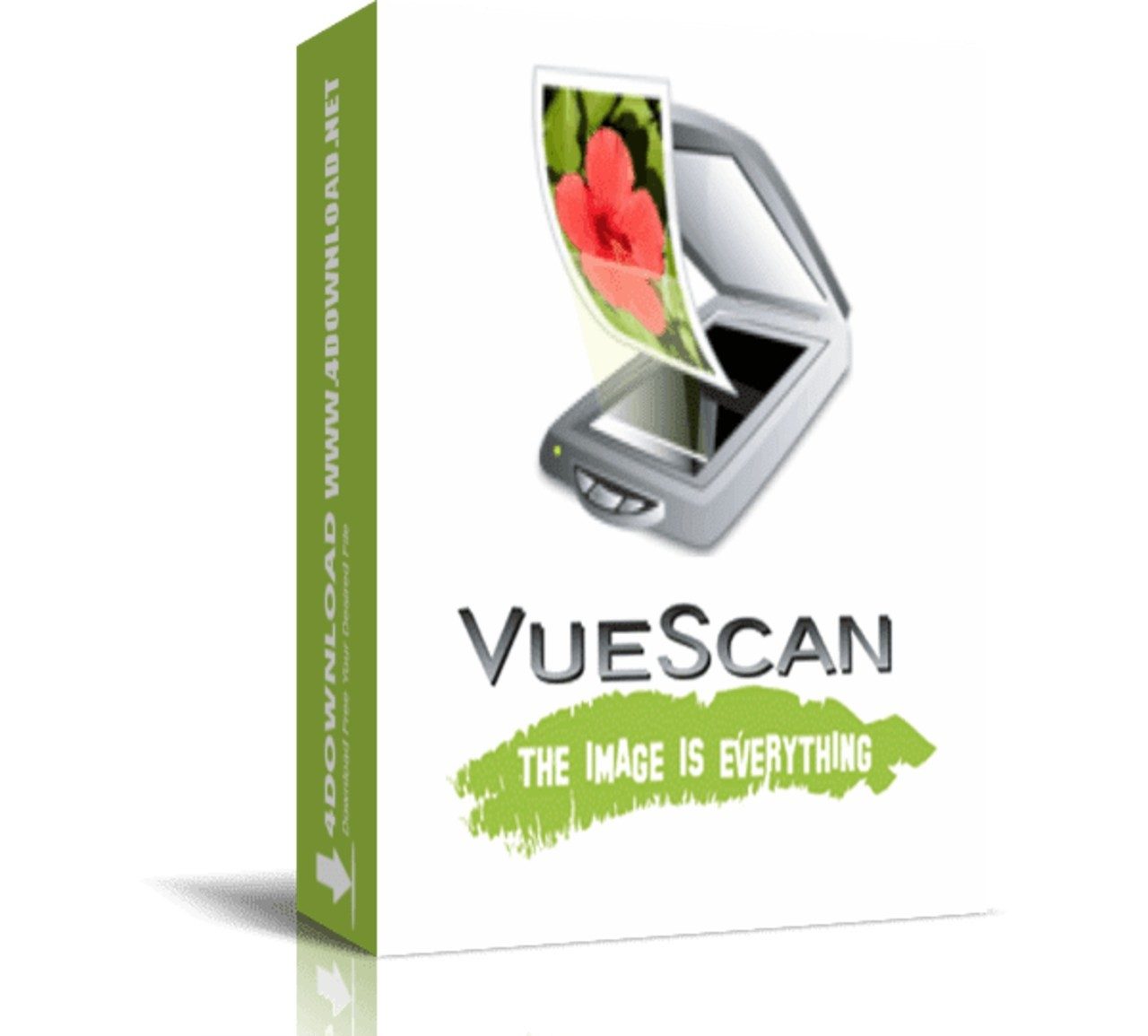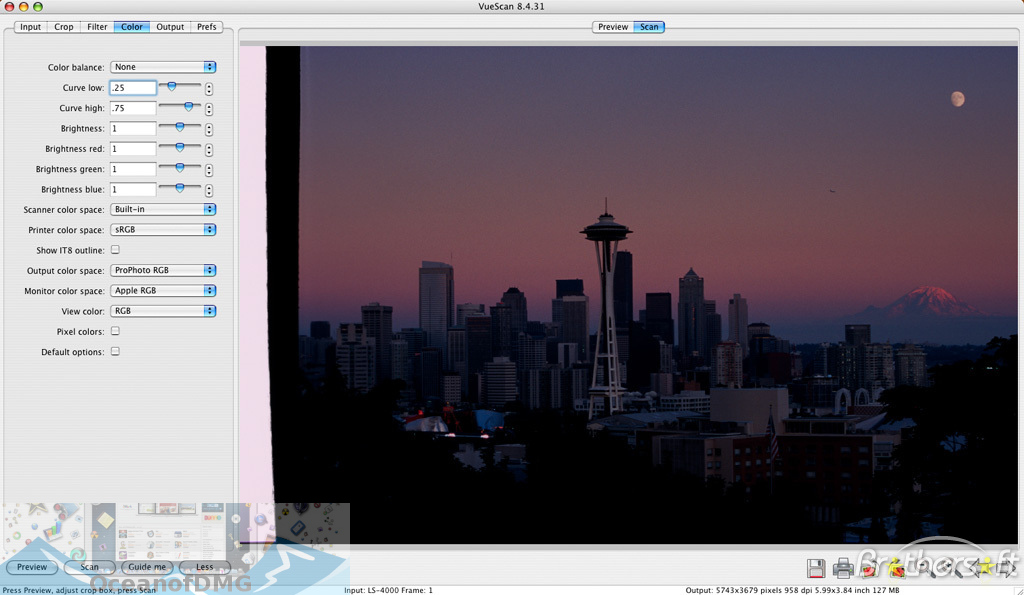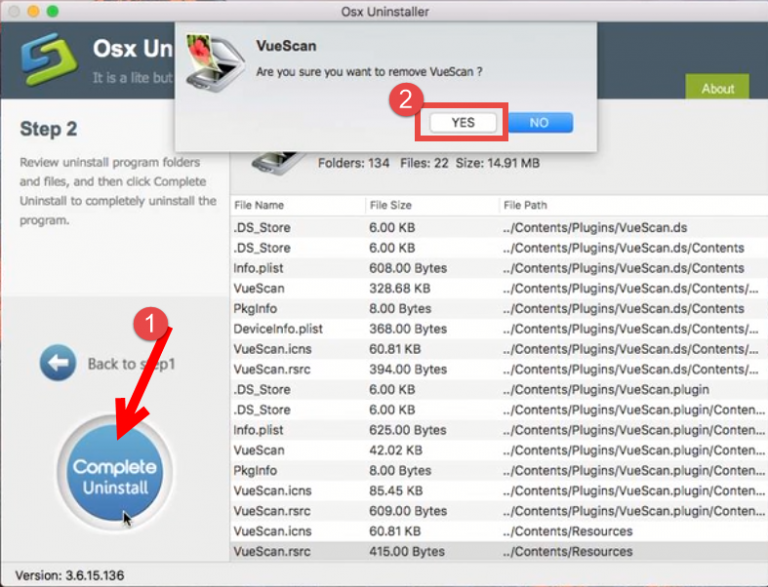
(Note that I also have a Canon ImageClass multi-function printer/scanner sitting on my desk, the scanner of which I’ve never figured out how to use. It will guide you step by step to capture and save the pictures from the scanner. Nothing fancy and not many options but it does the job and saved an old, working-fine scanner from the scrap heap. VueScan is really easy to use, thanks to an intuitive interface. The pair of scripts allow me to select from several image sizes, converts the image from ppm to jpg, copies the image to the Mac and opens it in Graphic Converter. VueScan for Mac is the world’s most optimal and frequently used scannera software. To make it even more convenient I wrote an AppleScript front end for the shell script.

Making it unnecessary to log in to the Pi. Ssh 'scanimage -x 210 -y 297 -resolution 300 > scan.ppm' This simple command runs an A4 sized scan at 300 dpi: Finding that to be inconvenient I wrote a shell script on the Mac that runs scanimage via SSH. Miami, FLApple’s latest release of macOS, macOS Catalina, requires all software to be 64 bit and to include additional code-signing. Since the Pi is headless I had to run scanimage via an SSH session. Hamrick Software rescued scanners lacking 64-bit drivers by releasing VueScan 9.7, which now provides support for macOS Catalina.

11 VueScan is supplied as one downloadable file for each operating system, which supports the full range of scanners.

I connected the LiDE 30 and installed scanimage on the Pi. VueScan supports an increasing number of scanners and digital cameras 2,400 on Windows, 2,100 on Mac OS X and 1,900 on Linux in 2018. I happened to have a Raspberry Pi next to my desk which runs a webcam. It seemed crazy to buy VueScan for such an old scanner.


 0 kommentar(er)
0 kommentar(er)
